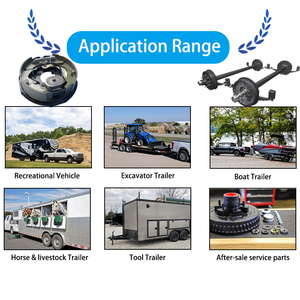Regular Inspection
Conduct thorough inspections of the entire EPB system to identify potential issues before they become serious problems. Look for worn-out switches, loose wiring connections, or moisture damage that could affect system performance.
Pay particular attention to brake pads, backing plates, and sensors inside the wheels, especially for systems that utilize these components. Note that brake pads tend to wear more rapidly with frequent EPB activation.
Brake Pad Replacement
When replacing brake pads in an EPB system, always select components that meet the manufacturer's specifications for both size and materials. Using improper pads can lead to system malfunctions and decreased braking efficiency.
Follow these steps for proper replacement:
- Consult the service manual for manufacturer-specific replacement intervals
- Remove worn pads carefully to avoid damaging sensors
- Clean calipers and mounting brackets thoroughly
- Install new pads according to manufacturer specifications
- Adjust calipers if necessary for proper clearance
Caliper and Motor Inspection
Regularly examine the EPB calipers and electric motors for signs of leaks, physical damage, or uneven wear that might compromise braking performance. Keep the caliper housing clean to prevent dirt and moisture accumulation.
Verify that the caliper moves smoothly, and inspect the electric motor or actuator that controls the brake cables. Look for loose mounting bolts or damaged wiring that could lead to system failure. A malfunctioning motor can result in vehicle roll-away incidents.
System Recalibration
After maintenance or component replacement, many vehicles require EPB system recalibration to ensure proper cable tension. Follow manufacturer guidelines precisely, as improper calibration can cause uneven brake wear or system failure.
This process typically requires specialized diagnostic equipment to measure and adjust cable tension to factory specifications.
Software Updates
Check for available software updates for the EPB system through authorized dealers. Manufacturers periodically release updates that improve performance, address known issues, or enhance safety features.
These updates generally require dealer-specific diagnostic equipment and cannot be performed as a DIY procedure.
Winter Driving Precautions
In cold weather conditions, take extra precautions with your EPB system. Use the parking brake more frequently in icy conditions to prevent vehicle roll-away, but be aware that brake pads can freeze to the discs if the EPB is engaged during extended parking in freezing temperatures.
When operating in slushy conditions, fully apply and release the brake periodically to help dry the pads and discs, preventing freeze-up issues.




































































































































































































































 浙公网安备 33010002000092号
浙公网安备 33010002000092号 浙B2-20120091-4
浙B2-20120091-4